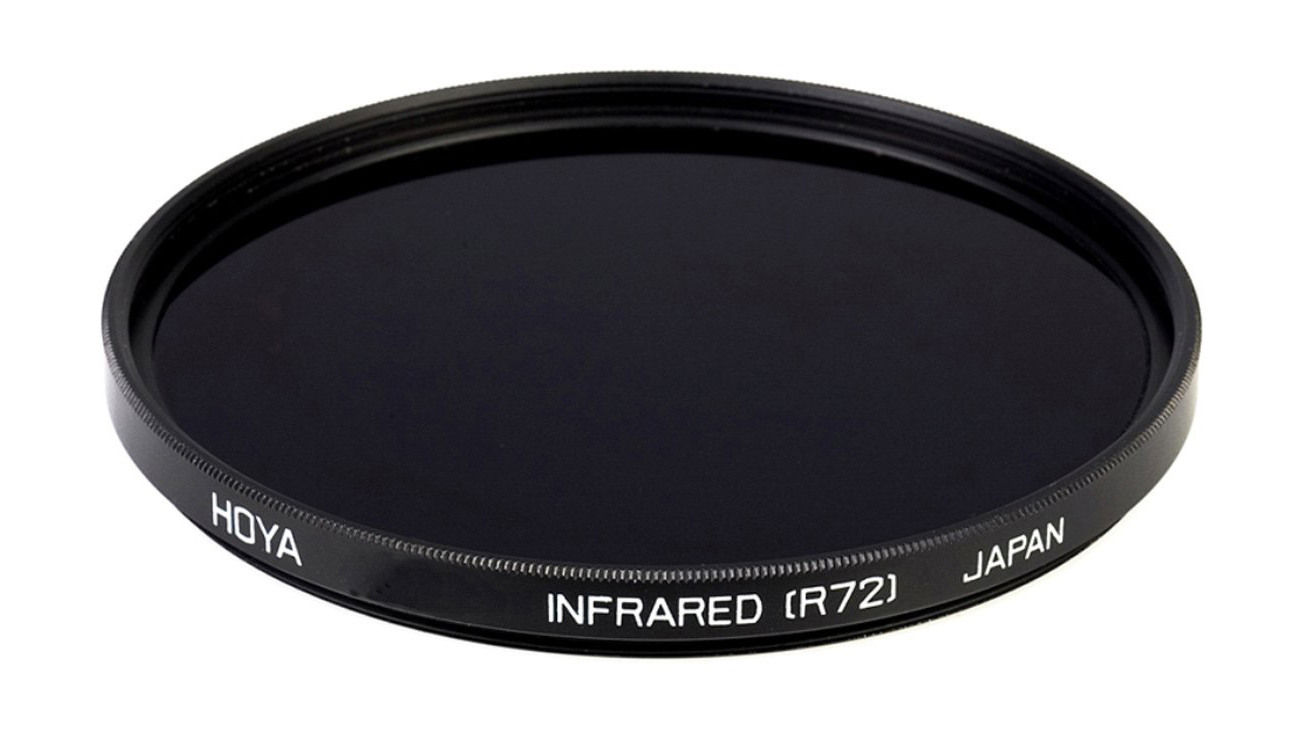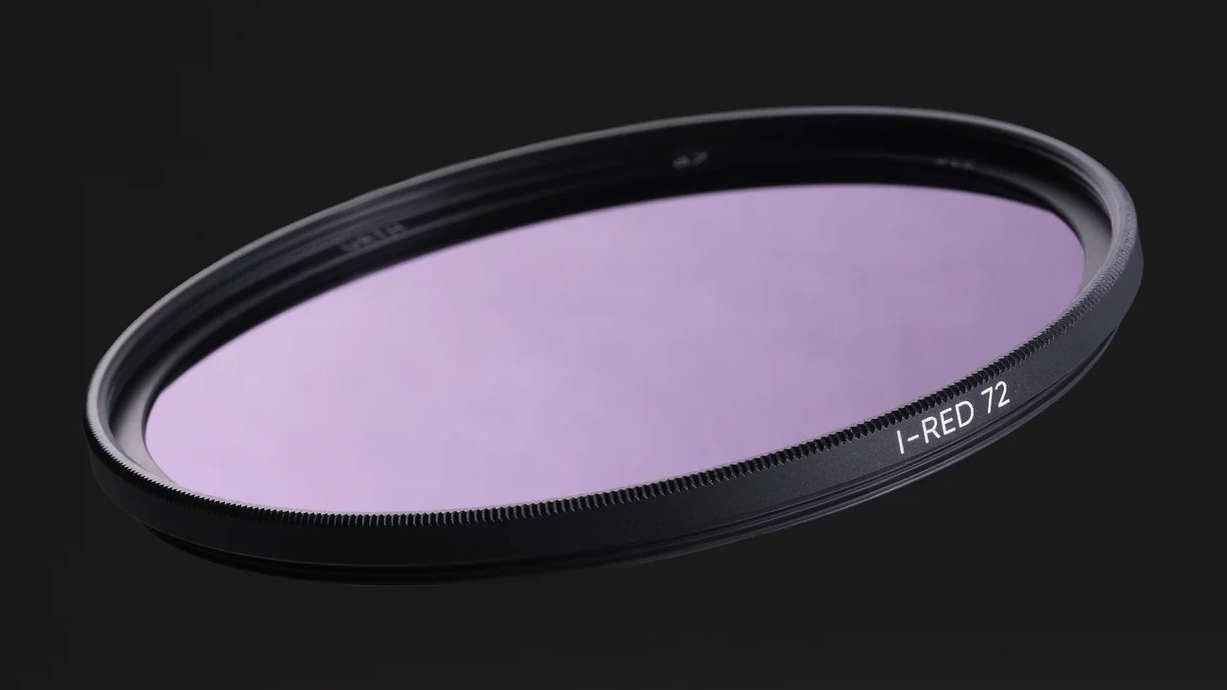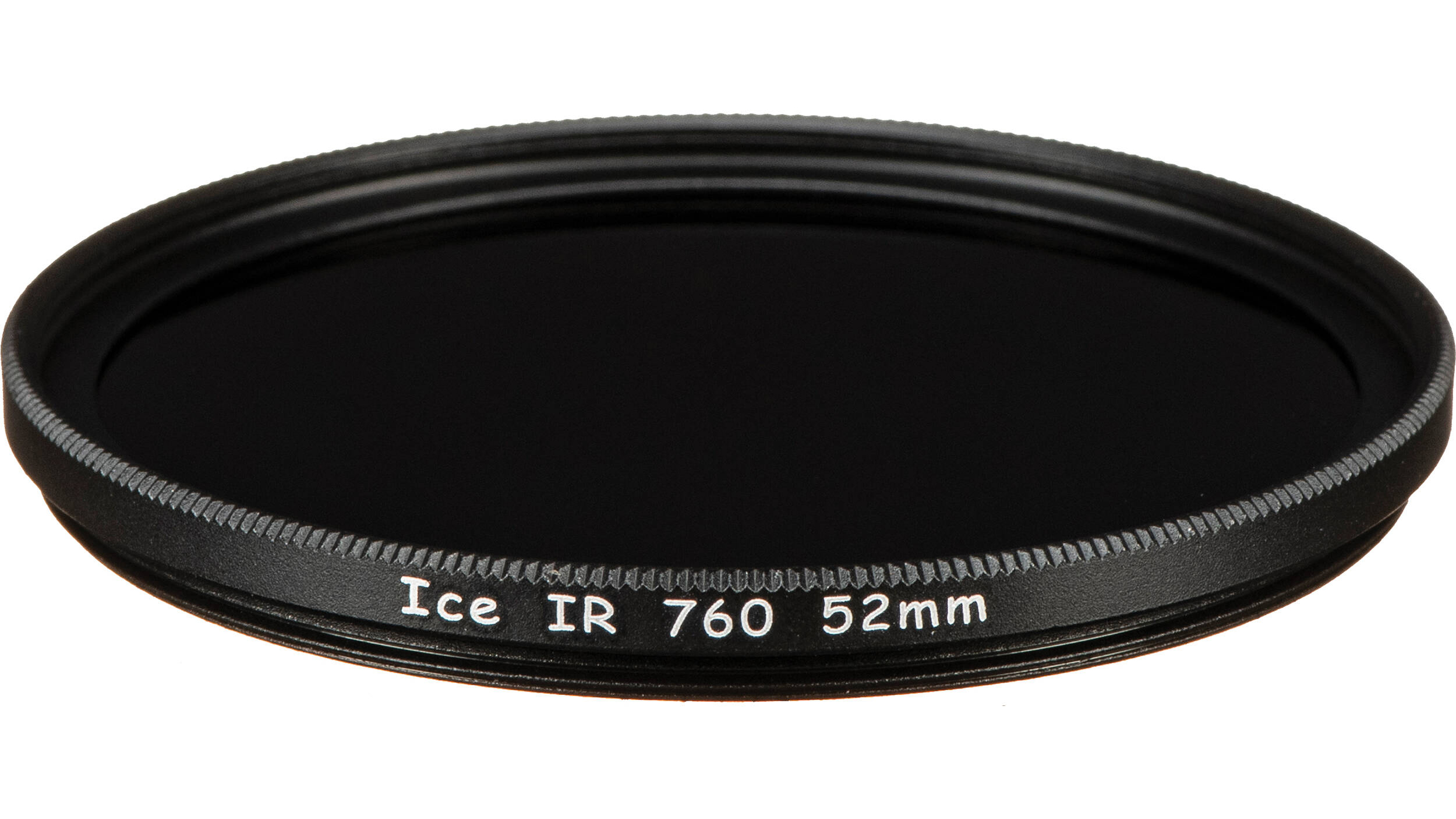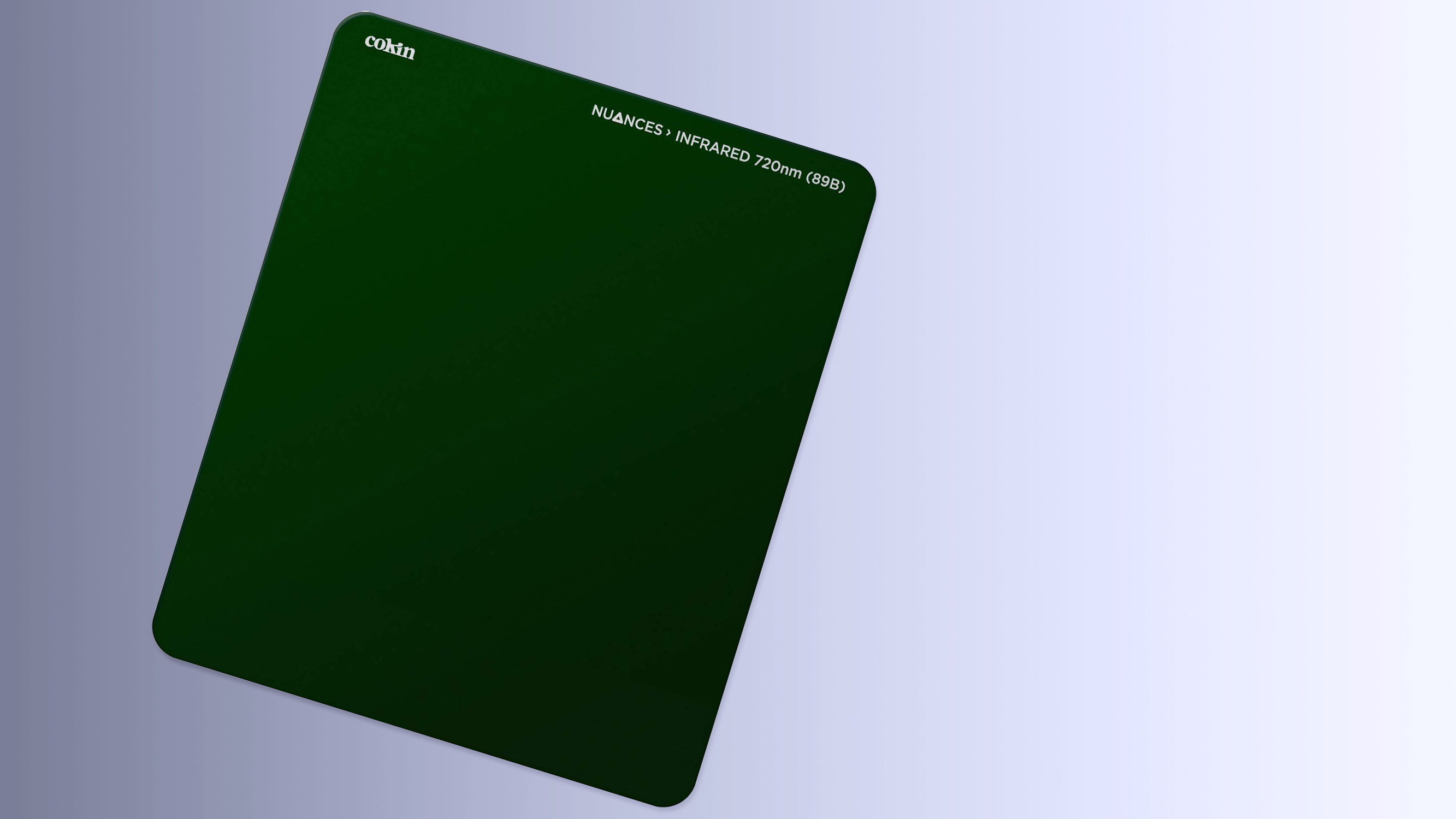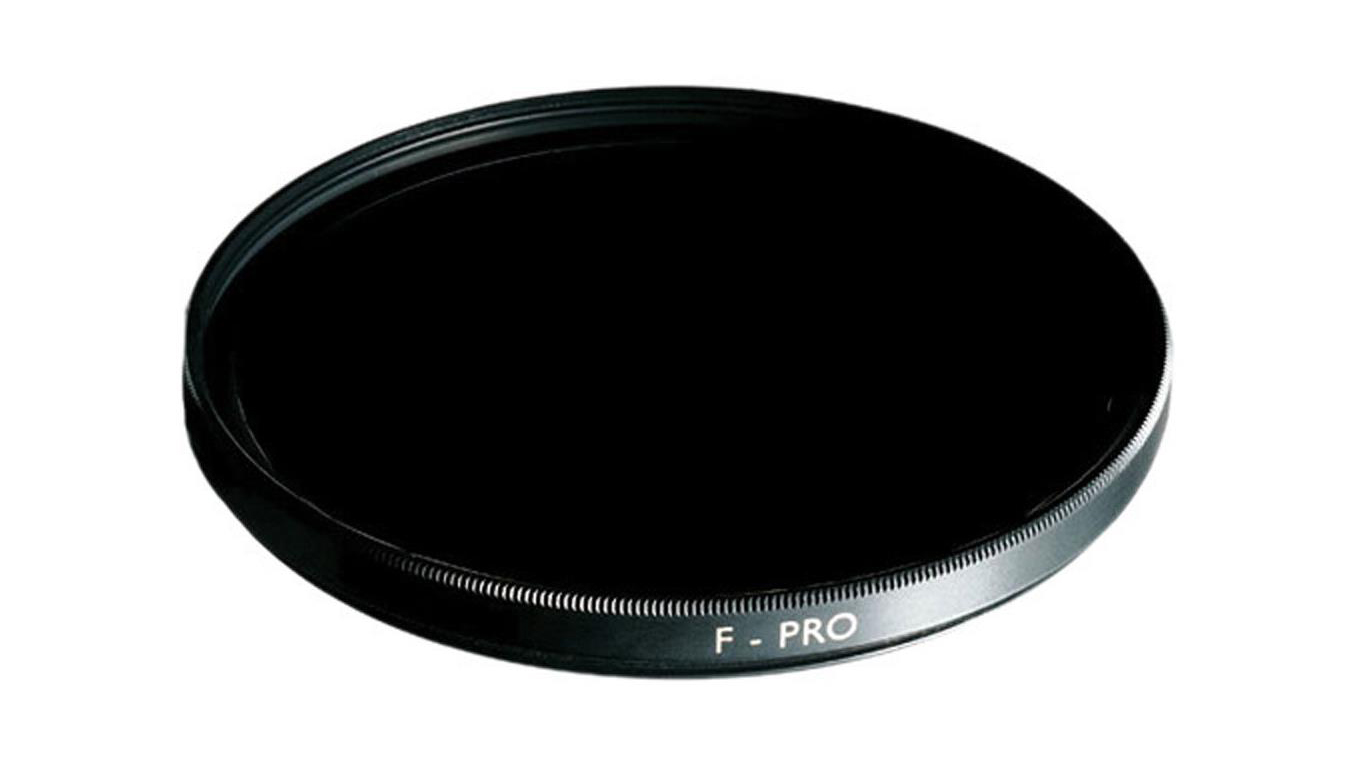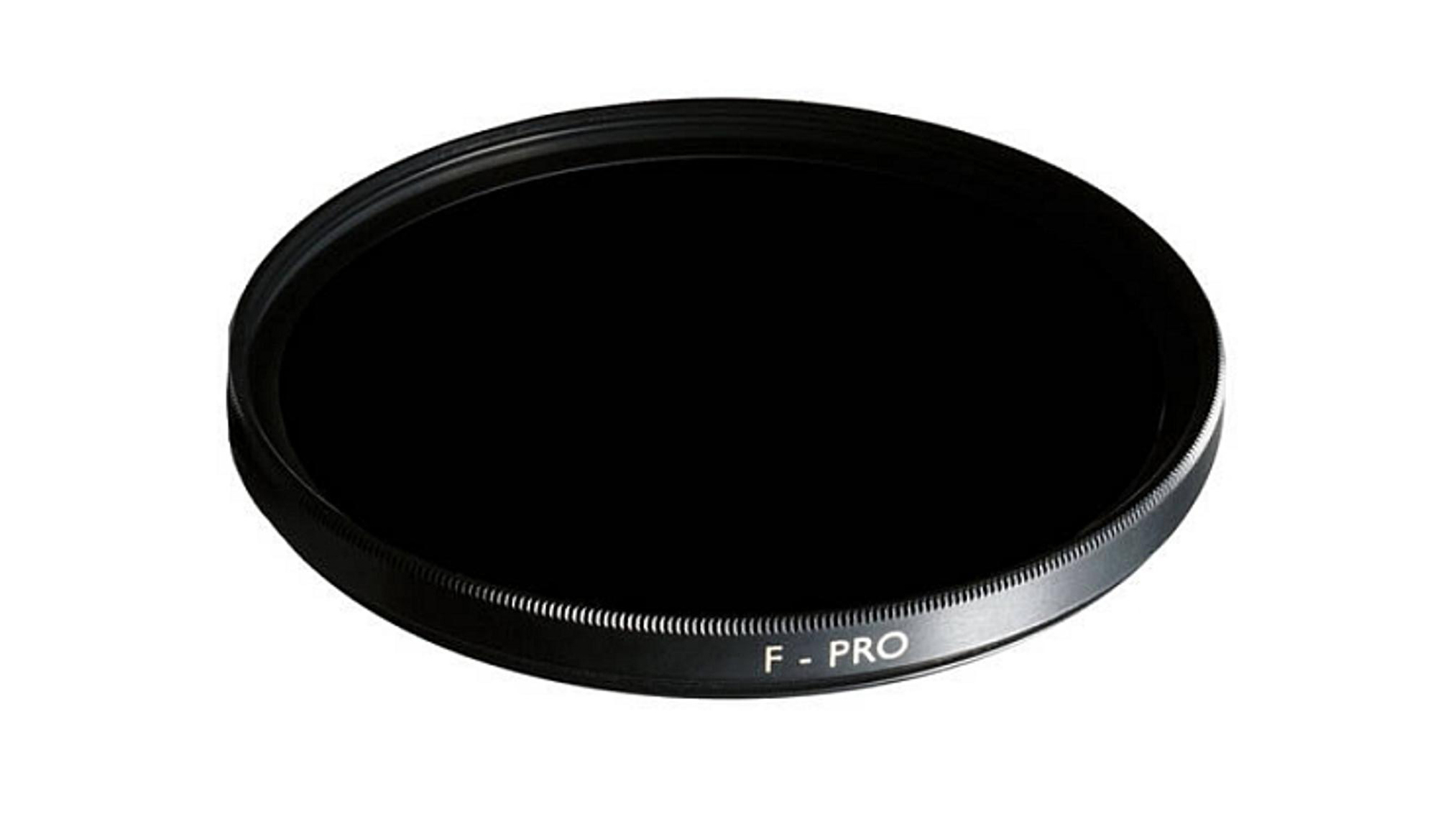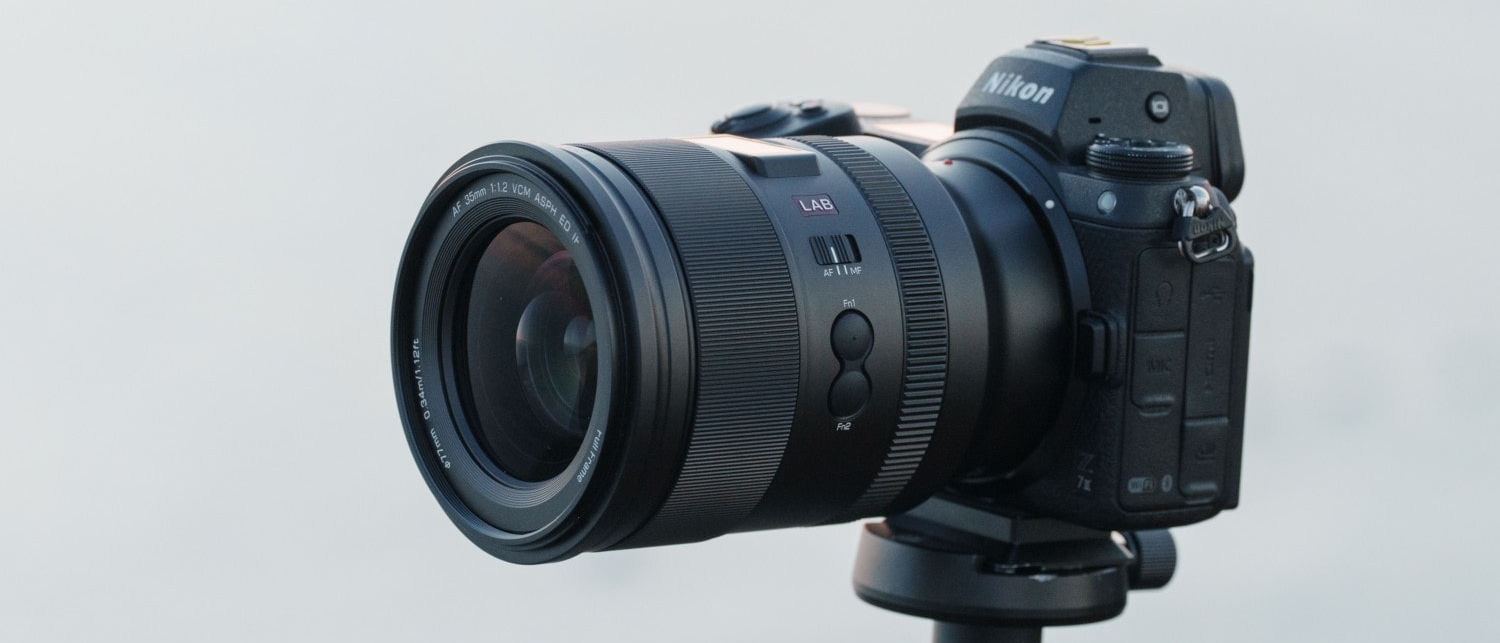The best infrared filters: create surreal images in color and black & white
The best infrared filters will cut out visible light and help you capture striking images with your digital camera
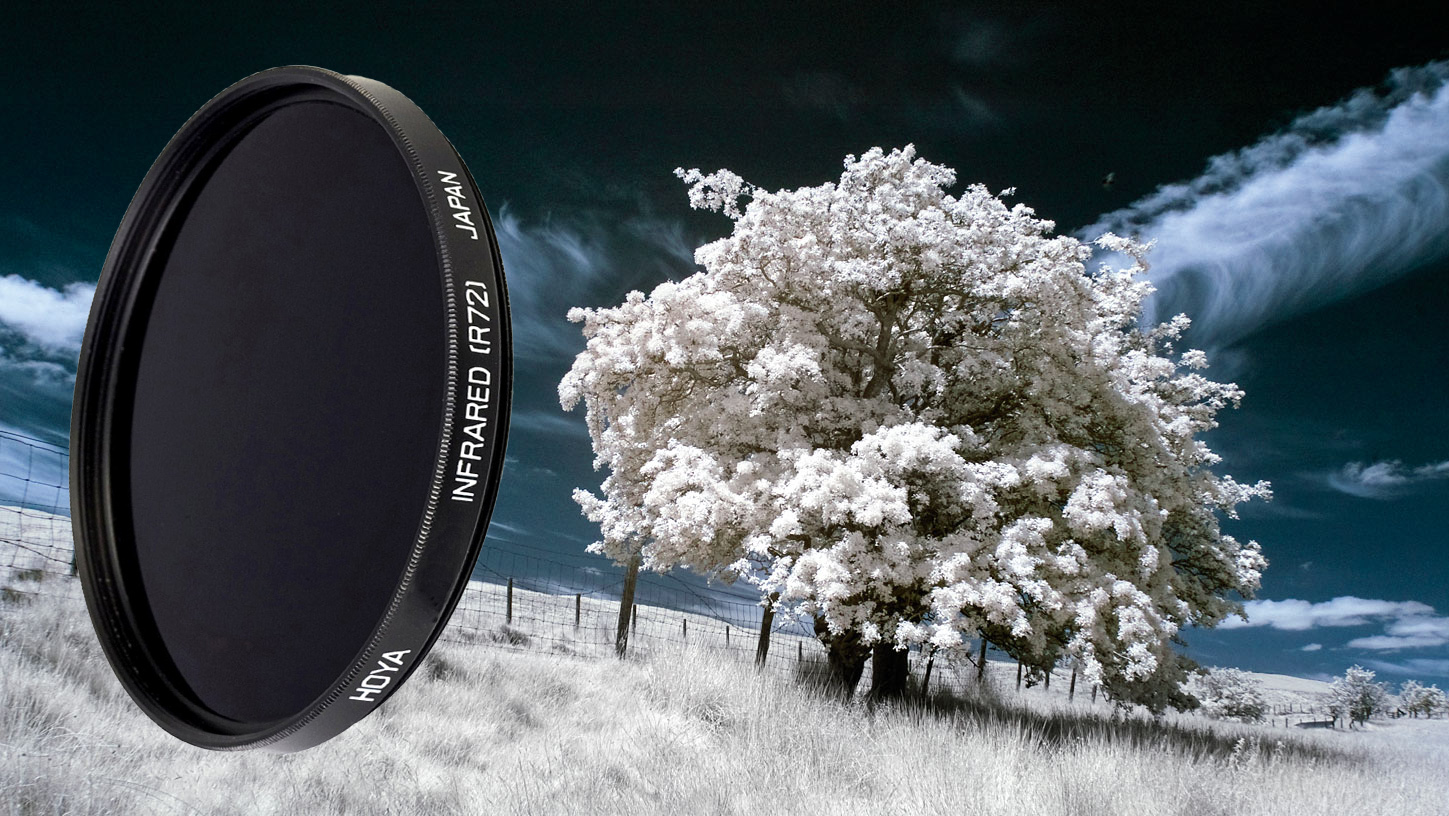
The best infrared filters can unlock a whole new genre of photography to explore. Infrared shooting is a fascinating discipline – so much so that there are a fair few dedicated infrared cameras for those who want to shoot nothing but. However, if you like a bit more versatility, or just want to try out infrared without fully committing to it, a filter is a much more cost-effective way to go. That's why we've rounded up the best infrared filters you can buy right now.
So what is infrared photography? Put simply, it's the art of capturing light and color beyond what the human eye can see. Our eyes can see a range of colors occupying light wavelengths between about 380 and 750 nanometres (nm). Colors at the low end of that range appear to us as violet, while those at the high-end appear to be a deep red. As such, rays below that spectrum are referred to as "ultraviolet", which those that sit above it are called, yes, "infrared".
Infrared or IR photography therefore lets us capture details that aren't visible to the naked eye. The technique is mainly used for surreal landscapes, allowing the photographer to produce bright white foliage and turn clear blue skies jet-black. IR photography can be done in color or monochrome – all you need is an infrared filter to block out all the visible light, and allow the camera's sensor to only capture the infrared spectrum.
Infrared filters will appear almost black to our eyes, with maybe a slight red tint. Put one on your lens and you likely won't be able to see a thing through the viewfinder (as visible light is being blocked), so you'll need to compose first, and use a slow shutter speed to give your camera enough time to gather the light required for a scene.
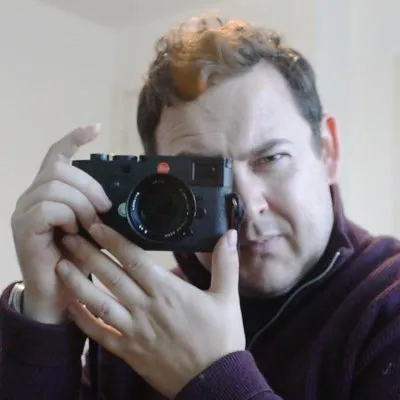
For nearly two decades Sebastian's work has been published internationally. Originally specializing in Equestrianism, his visuals have been used by the leading names in the equestrian industry such as The Fédération Equestre Internationale (FEI), The Jockey Club, Horse & Hound, and many more for various advertising campaigns, books, and pre/post-event highlights.
He spends his spare time using his trusted Leica M-E or Leica M2 shooting street photography or general life as he sees it, usually in black and white.
The Quick List

Available in sizes between 46 and 95mm, the R72 filter hits the sweet spot of performance, build quality and price. Read more below…
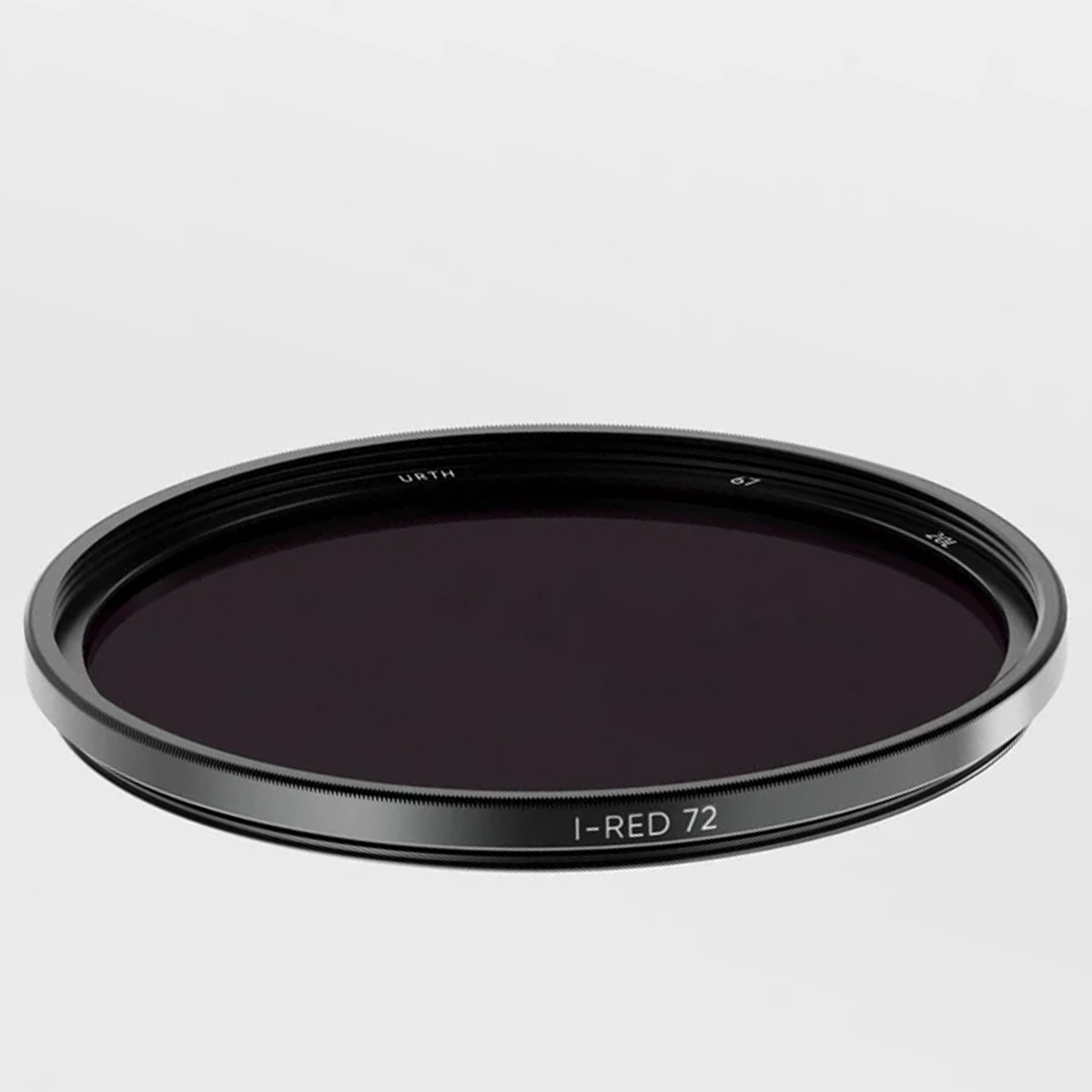
Built using high-grade Schott glass, the Filter Plus+ comes in sizes between 37 and 95mm, with 20 layers of protective coating. Read more below…
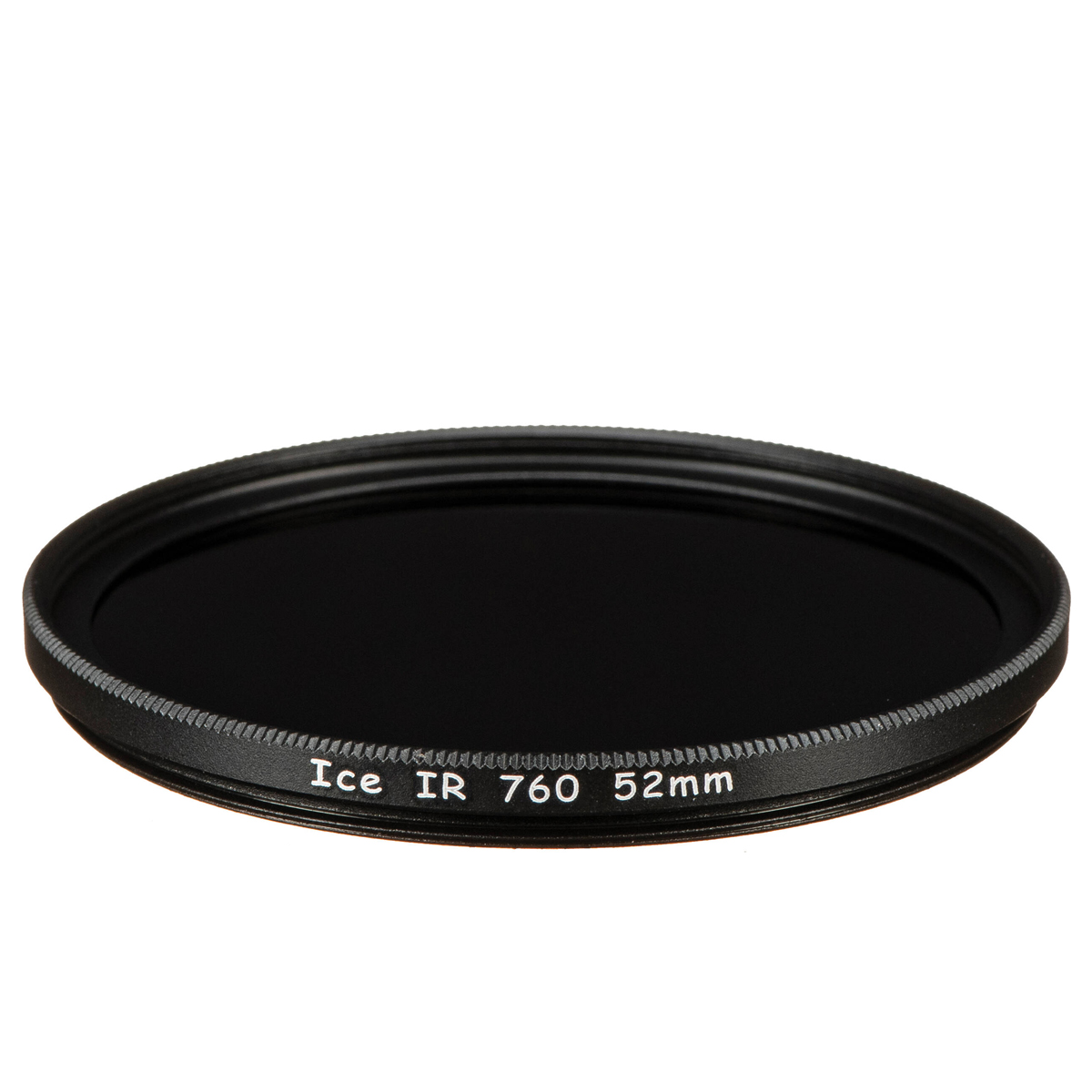
With a 760nm rating rather than the more usual 720nm, this slimline aluminum filter has a range of sizes that goes up to 112mm. Read more below…
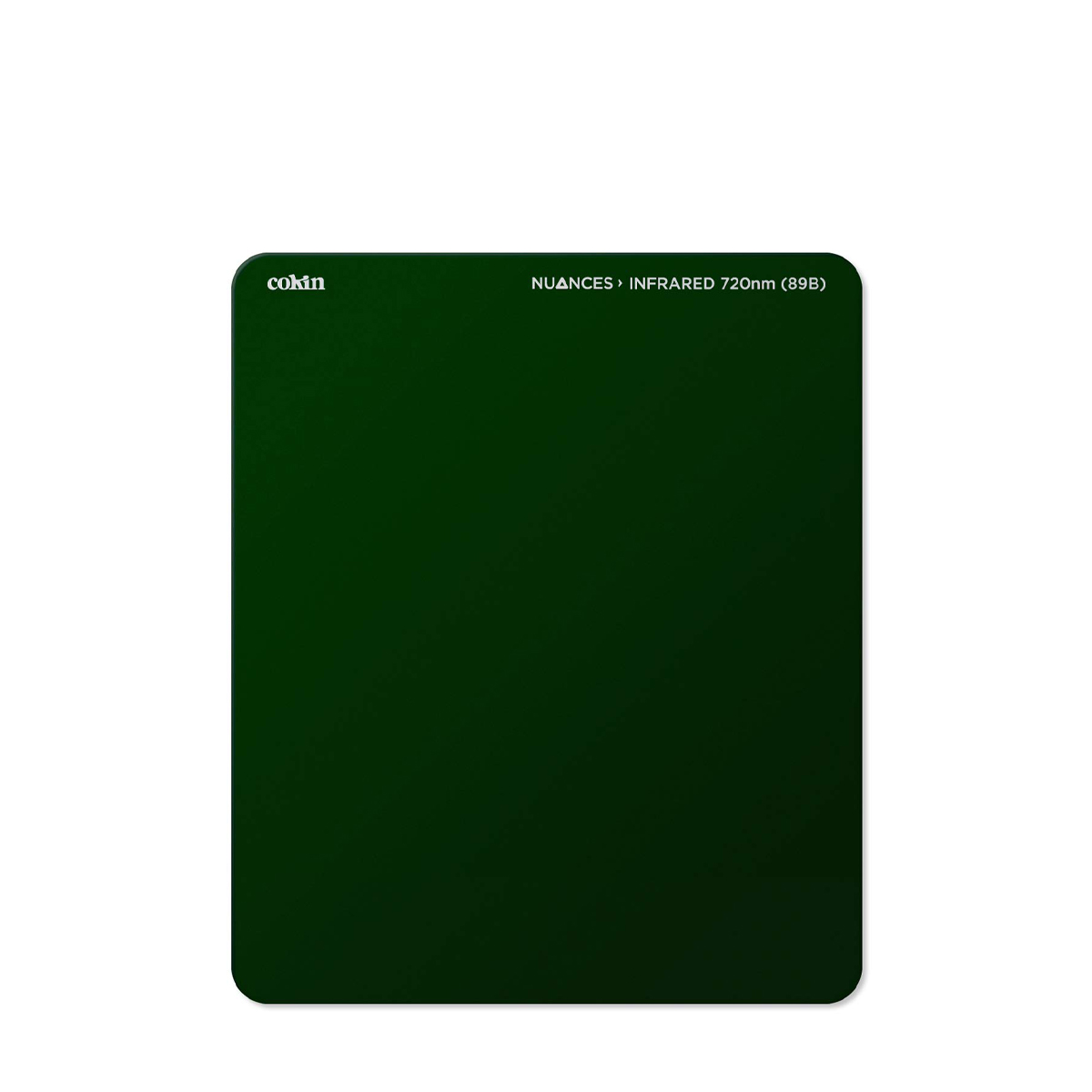
This square filter works with Cokin’s filter holder system, so you can use it with different-sized lenses and remove it while composing. Read more below…
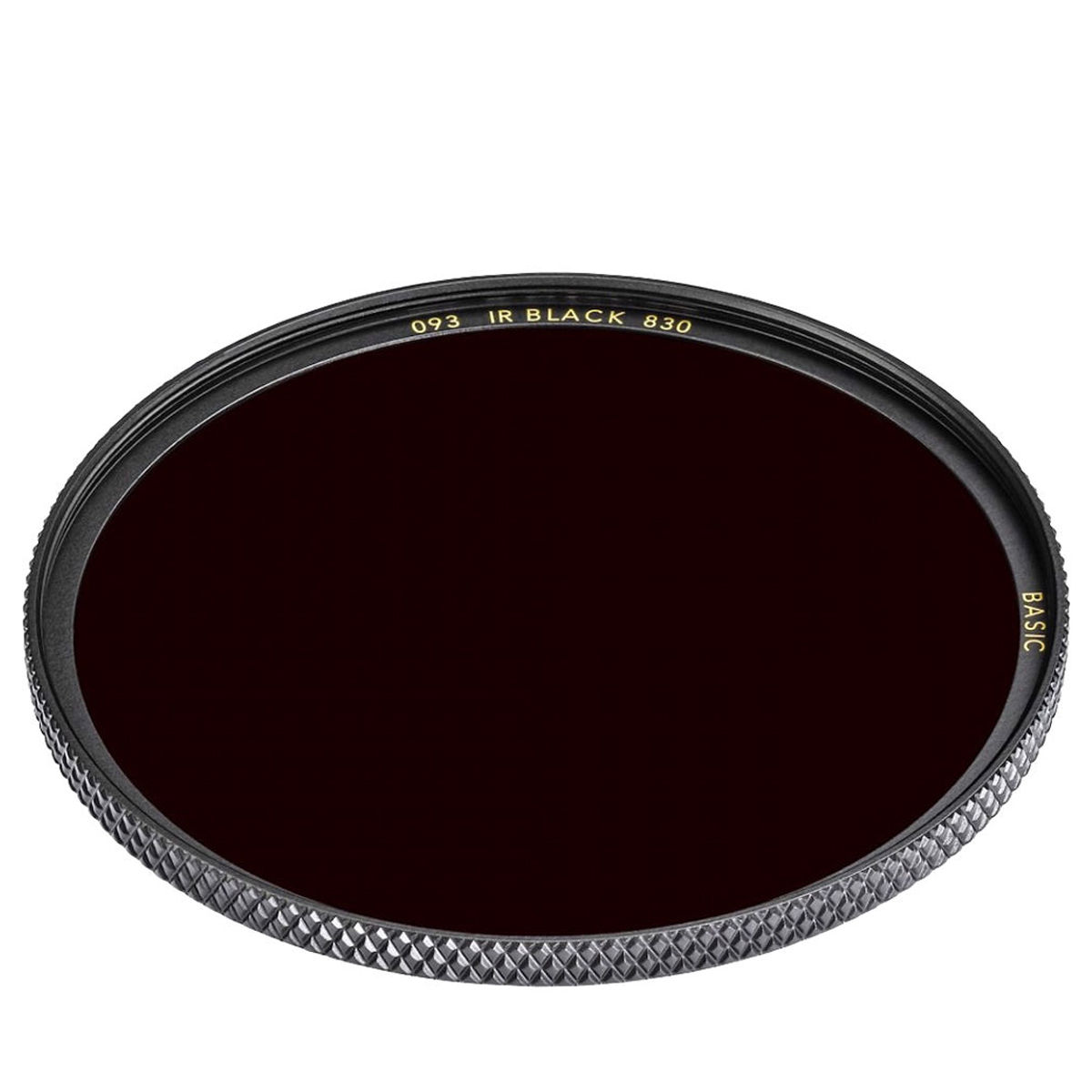
With a beefed-up rating of 830nm, this filter generates black-and-white shots with no color tint, giving you pure infrared images. Read more below…
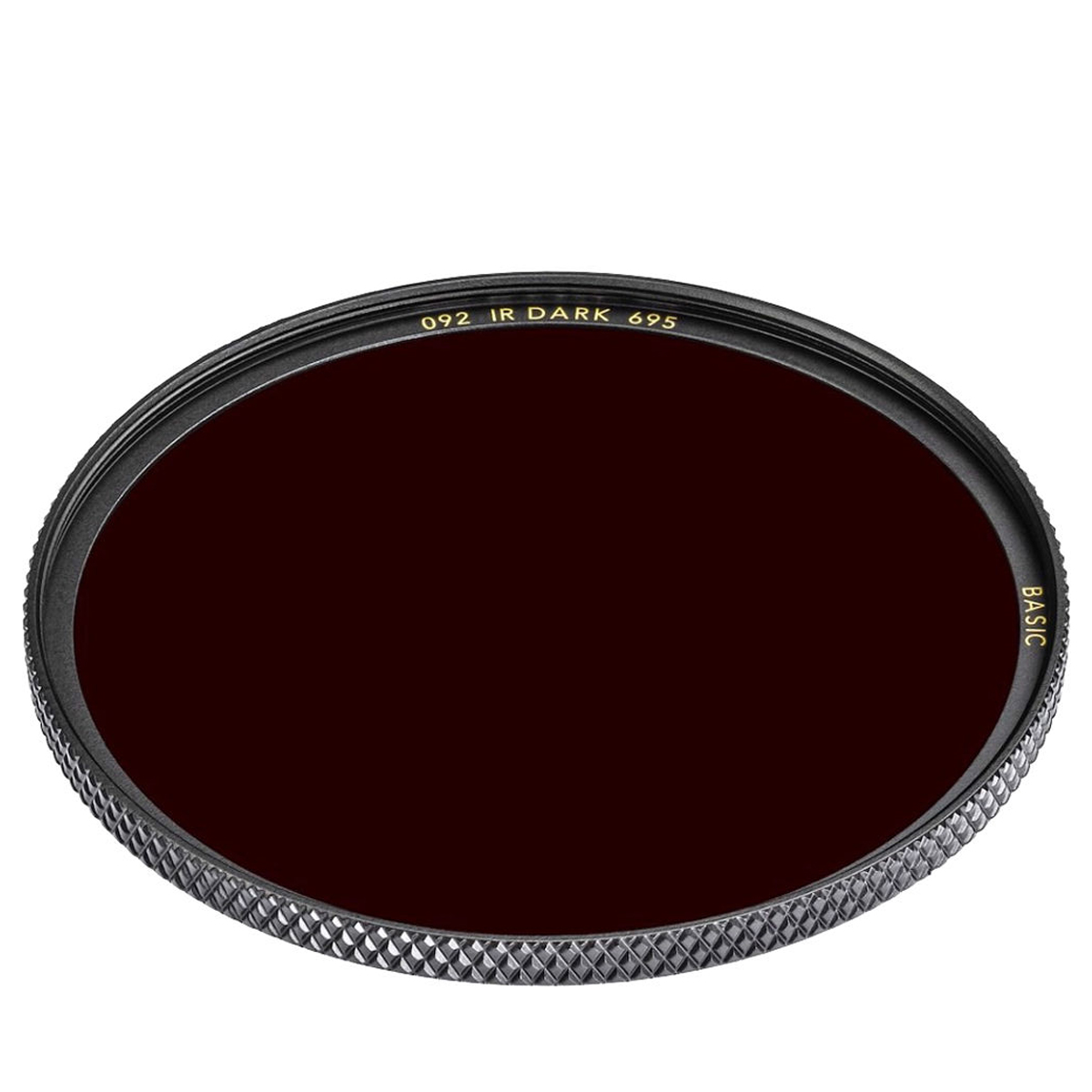
This filter has a weakened rating of 695nm, which means more visible light joins the infrared spectrum – great for creative effects. Read more below…
Best infrared filters for photography
Why you can trust Digital Camera World
Best infrared filter overall
1. Hoya R72
Specifications
Reasons to buy
Reasons to avoid
The Hoya R72 is one of the most popular infrared filters around. It's a circular type, available in various thread sizes from 46mm all the way up to 95mm, so it's going to fit the majority of lenses, and it's constructed in a high-quality milled aluminium. It's black in appearance, with a slight red tint when held up to the light.
Solidly blocking out light with a wavelength below 720nm (which is where the filter's name comes from), the Hoya R72 is able to transmit the entire infrared spectrum of 760-860nm, giving you a vivid infrared effect. Its light transmission levels in this spectrum are 95%, which means you'll see good levels of detail and won't have to leave the shutter open for half a year just to get useable results. It works really well for colour or black and white infrared images, which is why it gets our pick as the best infrared filter for the majority of photographers.
Best premium infrared filter
2. Urth Infrared Filter Plus+
Specifications
Reasons to buy
Reasons to avoid
Nicely presented in a well-made carry case, this is a quality filter from Urth, the new name for the filter-maker Gobe. Using Schott glass, the filter is rated as blocking visible light below 720nm, and features 20 layers of protective coating to guard against water drops, oil and scratches.
There’s a wide choice of filter sizes available, from 37mm all the way up to 95mm. Double-threading means you can stack another filter over this one, giving you scope for all sorts of creative in-camera experiments.
Best budget infrared filter
3. Ice HB760
Specifications
Reasons to buy
Reasons to avoid
The 760nm rating for this series makes the Ice HB760 very slightly stronger than the more usual 720nm infrared filter, and the company offers 850nm and 950nm options as well, all at competitive prices. You also have a broad selection of sizes available from 49mm right up to 112mm. The slim aluminum frame is double-threaded, so you can add another filter in front of this one.
Best square infrared filter
4. Cokin Nuances Infrared 720 (89B)
Specifications
Reasons to buy
Reasons to avoid
Constructed from high-resolution glass with protective coatings, the Nuances Infrared 720 (89B) comes in three sizes, all compatible with Cokin's filter holder system, which allows multiple filters to be used simultaneously. This system makes it easy to slip the filter out for composition, then slot it back in when it's time to take the shot.
This filter blocks out visible light up to 720nm, making it a good choice for mono and false colour infrared photography. A supplied foam ring acts as the seal to keep the filter steady in its holder and prevent light leaks. With the filter holder to buy as well, this is a notably more expensive option than any of the circular filters, but you can use the same filter with multiple lenses of different sizes, and you may appreciate the added versatility of removing the filter while framing up.
Best high-strength infrared filter
5. B+W 093 IR filter 830
Specifications
Reasons to buy
Reasons to avoid
For the purists among us, the B+W 093 IR filter 830 provides an extreme filtration effect: it appears completely black to the naked eye, with no red tint visible even when held to the light, because it blocks visible light all the way up to 830nm. This means you can shoot ‘pure’ infrared in mono, and will get the kind of bright whites and deep blacks that the genre is known for, with no color tint.
Of course, this means your camera is going to be exposing for a long time to gather enough light, so be prepared for some long shutter speed times. One of the best tripods is going to be a must here.
Best low-strength infrared filter
6. B+W 092 IR filter 695
Specifications
Reasons to buy
Reasons to avoid
B+W produces two infrared circular filters and the 092 is the weaker of the two (check out the B+W 093 IR filter 830 further up the page). Available in a wide range of filter sizes all the way down to just 37mm, the 092 has a deep purple-red tint when held up to a light source.
Unlike a lot of other IR filters, the B+W 092 IR filter 695 blocks visible light only up to 650nm, so you’re not going to get ‘true’ invisible infrared results thanks to the extra visible light sneaking in. This can lead to some pretty extreme ‘false color’ images, with plenty of scope for creative experiments.
How to choose the best infrared filter
Just like most photographic filters, such as the best ND filters or the best polarisers, infrared filters come in circle or square formats. Circular filters need to be screwed onto your lens, which is more fiddly, but also more light-tight. Square filters, meanwhile, require a dedicated holder. This makes them easier to slot on and off, but adds to the expense. If you go with circular, double-check you get the right thread size for your lens. Measured in mm, this value should be easy to check, either by looking at the front of your lens or just googling it.
We've included a mix of all types, sizes and strengths of infrared filters in our guide, so let's take a look at what's out there!
How we test infrared filters
We look at a number of different factors when testing an infrared filter's suitability for our buying guides. We check the spectrum of visible light that the filters blocks, measured in nanometres (nm), as this will tell us how strong the infrared effect is going to be. We also look at how versatile the filter is – how many thread sizes it comes in, which in layman's terms means how many lenses it's going to fit. We look at what coatings have been added to help light transmission, and also assess the quality of the filter's construction to see how well it will stand up to long-term use.
Find out more about how we test and review on Digital Camera World
The best camera deals, reviews, product advice, and unmissable photography news, direct to your inbox!

For nearly two decades Sebastian's work has been published internationally. Originally specializing in Equestrianism, his visuals have been used by the leading names in the equestrian industry such as The Fédération Equestre Internationale (FEI), The Jockey Club, Horse & Hound, and many more for various advertising campaigns, books, and pre/post-event highlights.
He is a Fellow of the Royal Society of Arts, holds a Foundation Degree in Equitation Science, and holds a Master of Arts in Publishing. He is a member of Nikon NPS and has been a Nikon user since his film days using a Nikon F5. He saw the digital transition with Nikon's D series cameras and is still, to this day, the youngest member to be elected into BEWA, the British Equestrian Writers' Association.
He is familiar with and shows great interest in 35mm, medium, and large-format photography, using products by Leica, Phase One, Hasselblad, Alpa, and Sinar. Sebastian has also used many cinema cameras from Sony, RED, ARRI, and everything in between. He now spends his spare time using his trusted Leica M-E or Leica M2, shooting Street/Documentary photography as he sees it, usually in Black and White.
